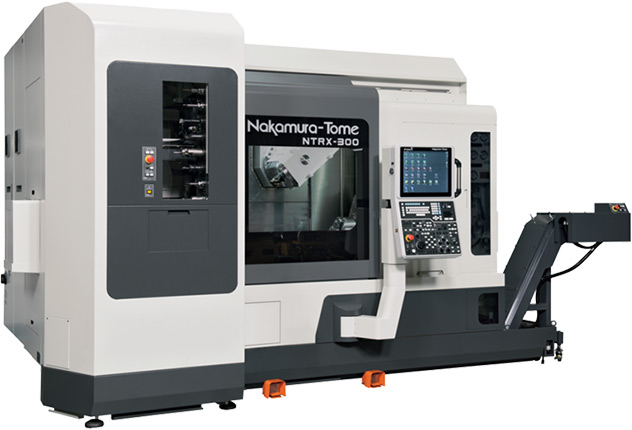Flexible Connection Solutions for Corrugated Pipes in Various Applications
Understanding Corrugated Pipe Couplings Importance and Applications
Corrugated pipe couplings are essential components in various industrial and commercial applications where flexibility, durability, and efficiency are required for fluid or gas transportation. These couplings connect sections of corrugated pipes, which are widely used for their lightweight design, resistance to corrosion, and ability to handle large volumes of liquids and gases. In this article, we will explore the importance of corrugated pipe couplings, their construction materials, applications, and benefits.
What Are Corrugated Pipe Couplings?
Corrugated pipe couplings are devices that join two sections of corrugated pipes, allowing for smooth, continuous flow. Corrugated pipes are characterized by their wavy structures, which provide greater stiffness and flexibility compared to traditional smooth pipes. The couplings are typically made from durable materials that can withstand the harsh conditions often encountered in various applications.
Construction Materials
The construction of corrugated pipe couplings typically involves materials such as polyethylene, polypropylene, or rubber. Polyethylene is favored for its excellent chemical resistance and lightweight properties, making it ideal for various environmental conditions. Polypropylene is chosen for its strength and durability, especially in high-pressure applications. Rubber couplings are commonly used for their flexibility and ability to absorb vibrations, making them suitable for scenarios where pipe movement is expected.
Applications of Corrugated Pipe Couplings
Corrugated pipe couplings are utilized in a wide range of applications across various industries. Some of the most common applications include
1. Stormwater Management In drainage systems, corrugated pipes facilitate the efficient movement of stormwater. Couplings are crucial for connecting different sections of pipes in order to maintain an uninterrupted flow, thus reducing the risk of flooding in urban areas.
2. Sewer Systems These couplings are vital in sewer applications, where they help maintain the integrity of the pipeline. Their resistance to chemical corrosion ensures longevity and reliability, which is crucial for public health.
3. Agricultural Irrigation In agriculture, corrugated pipes are used in drainage and irrigation systems. The couplings help in connecting various lengths of irrigation pipes, optimizing the distribution of water to crops and enhancing agricultural productivity.
corrugated pipe coupling

4. Industrial Applications Many industries utilize corrugated pipes to transport gases and liquids. In these settings, the couplings are essential for creating a tight seal to prevent leaks, ensuring efficient operations and safety.
5. Mining In the mining sector, where harsh environments can impact the integrity of piping, corrugated pipe couplings provide robust connections that withstand the rigors of mining activities.
Benefits of Using Corrugated Pipe Couplings
The adoption of corrugated pipe couplings offers several significant benefits
- Flexibility The design of corrugated pipes combined with their couplings allows for easy installation and handling, particularly in uneven terrain or areas with tight spaces.
- Durability Made from resilient materials, these couplings are designed to last, reducing the need for frequent replacements and maintenance.
- Cost-Effectiveness By minimizing leaks and ensuring a proper flow of materials, corrugated pipe couplings help reduce overall operational costs in fluid and gas transportation systems.
- Environmental Impact The ability to efficiently manage water flow and prevent leaks contributes to better environmental management and conservation of resources.
Conclusion
In conclusion, corrugated pipe couplings play a vital role in a plethora of applications across various sectors. Their construction and design accommodate the need for flexibility and durability in challenging environments, making them indispensable for effective fluid and gas transportation. As industries continue to evolve, the demand for reliable and efficient coupling solutions will undoubtedly grow, reinforcing the importance of these essential components in modern infrastructure.
-
Ultimate Spiral Protection for Hoses & CablesNewsJun.26,2025
-
The Ultimate Quick-Connect Solutions for Every NeedNewsJun.26,2025
-
SAE J1401 Brake Hose: Reliable Choice for Safe BrakingNewsJun.26,2025
-
Reliable J2064 A/C Hoses for Real-World Cooling NeedsNewsJun.26,2025
-
Heavy-Duty Sewer Jetting Hoses Built to LastNewsJun.26,2025
-
Fix Power Steering Tube Leaks Fast – Durable & Affordable SolutionNewsJun.26,2025

